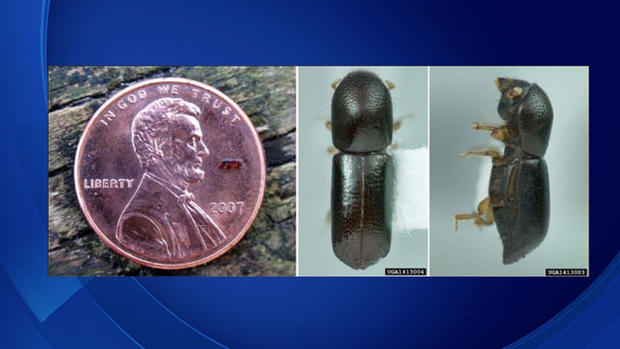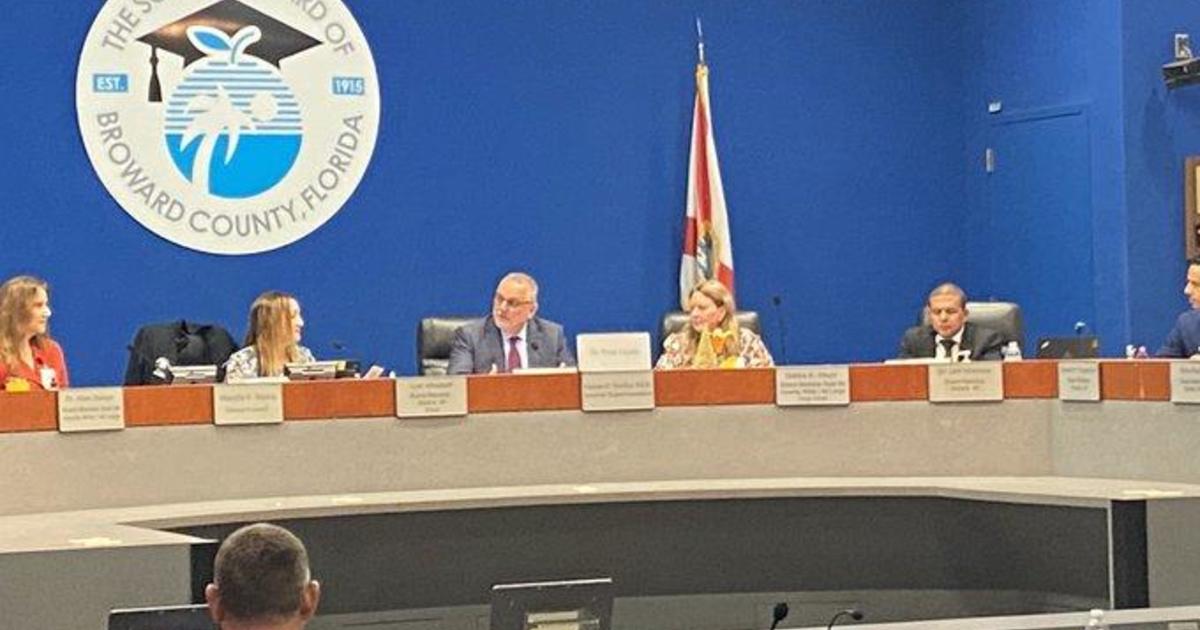Tree-Killing Pest Destroying Everglades Canopy
FORT LAUDERDALE (CBSMiami) – Trees are dying in the Everglades at an alarming rate and scientists worry it will result in a major change for the ecosystem if it isn't stopped.
The disease killing the trees is laurel wilt disease and it is impacting swamp bay trees.
The trees provide food for wildlife and they are used as a traditional medicine for the Seminole Tribe, according to the Sun Sentinel.
The disease is a fungus carried by a beetle that's just the size of a grain of rice.
It's been found across more than 500 square miles in the Everglades, according to a soon to be released paper by state and federal scientists.
The beetle likely arrived from Asia in Port of Savannah packing crates making its way through Florida and into Miami-Dade, Palm Beach and Broward Counties.
It also affects Avocado trees.
Some scientists said the disease is more devastating to the Everglades' ecosystem than the recent surge in pythons.
It has managed to spread across one-sixth of the Everglades since first being found in Everglades National Park in 2011.
It has killed sawgrass and trees islands along Alligator Alley in Broward County.
While it was discovered in Palm Beach County, it has not spread at the same rate as it has in other locations, Christen Mason, a biologist at the Loxahatchee National Wildlife Refuge stated to the paper.
The trees produce an abundance of blue and black berries, staples in the diets of wild turkeys, black bears, squirrels and other animals that inhabit the tree islands.
The leaves serve as food for two butterflies, the spicebush swallowtail and the palamedes swallowtail.
When trees die-off, they leave behind vast open spaces in the canopy that can then be taken-over by invasive Brazilian pepper or old-world climbing fern. Neither provides much food for wildlife.
The disease kills by choking the tree's tubes for transporting water and nutrients. There is no cure. However, a vaccine can help trees resist the fungus exists, but it's not affordable to inject every tree.
Scientists have obtained funding to locate Avocado trees that may be resistant to disease and attempt to propagate them.
This summer, a group of scientists will go to the Loxahatchee National Wildlife Refuge and other areas of the Everglades and look for the swamp bays still left standing.
The state has received $5.4 million in the latest federal farm bill to fight laurel wilt in the avocado groves, among other diseases.
The state has formed a working group, set out beetle traps to monitor the infestation and collaborated with the industry and UF to study the disease.
Symptoms of the disease include: sudden leaf wilt, darkened wood and very quick death.
RELATED CONTENT:




